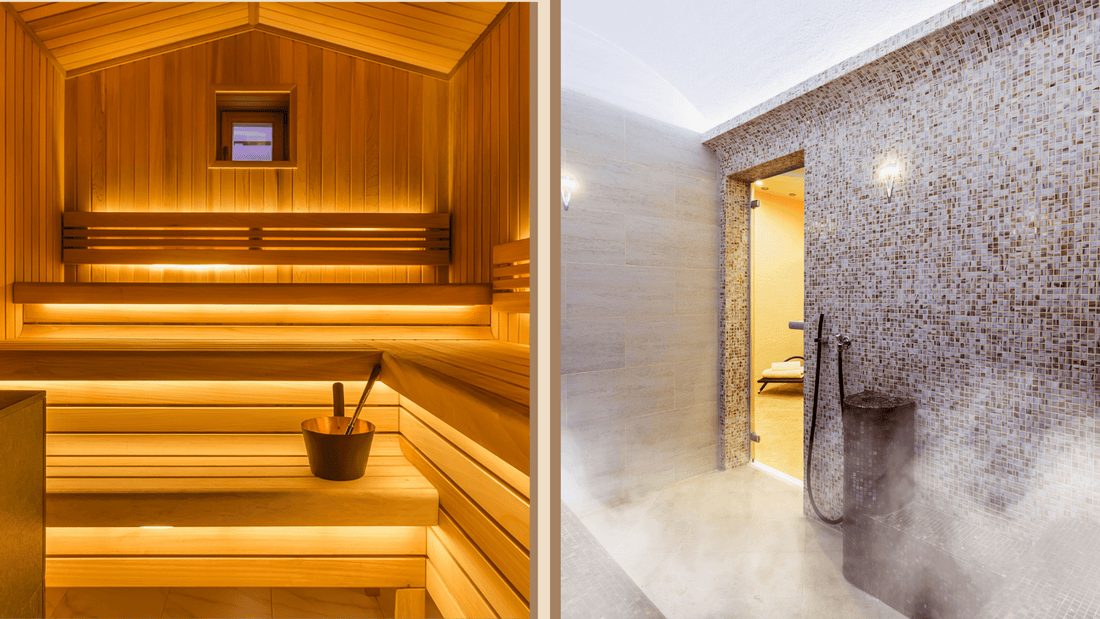Saunas have been an integral part of many cultures over the centuries, offering relaxation and a variety of health benefits. But when it comes to choosing between a steam sauna (also known as a Turkish sauna) and a dry sauna, which is the better choice? Both have their distinct characteristics and associated benefits. Let's explore the main differences.
Heat Source
Steam Sauna: Generates steam through a generator that boils the water.
Dry Sauna: Uses stones or other material which, when heated, radiates heat but does not produce steam.
Environment
Steam Sauna: As the name suggests, the environment is humid, with humidity levels reaching 100%.
Dry sauna: The environment is dry, with very low humidity levels, usually between 10-20%.
Temperature
Steam Sauna: Generally cooler than a dry sauna, with temperatures between 40ºC and 55ºC.
Dry sauna: Can reach temperatures of 70ºC to 100ºC.
Health Benefits
Steam Sauna: Excellent for detoxifying through perspiration, relieving respiratory problems and improving skin elasticity.
Dry sauna: Helps with detoxification, relieves muscle pain, improves blood circulation and has a relaxing effect on the nervous system.
Maintenance
Steam Sauna: Requires more regular cleaning due to the formation of mold and bacteria in the humid environment.
Dry sauna: Easier to maintain because the dry environment is less conducive to the growth of bacteria.
Experience
Steam Sauna: Ideal for those who prefer to be enveloped in a warm, humid environment and can help relieve respiratory problems.
Dry sauna: Provides a sensation of intense heat that penetrates deep into the skin, ideal for those seeking relief from muscle pain and tension.
Conclusion
The choice between a steam sauna and a dry sauna depends largely on individual preferences and the health benefits you're looking for. Regardless of your choice, both offer an excellent opportunity to relax, detoxify and improve general health. At Saunamo, we offer a variety of options so that you can find the sauna that best suits your needs and desires.


